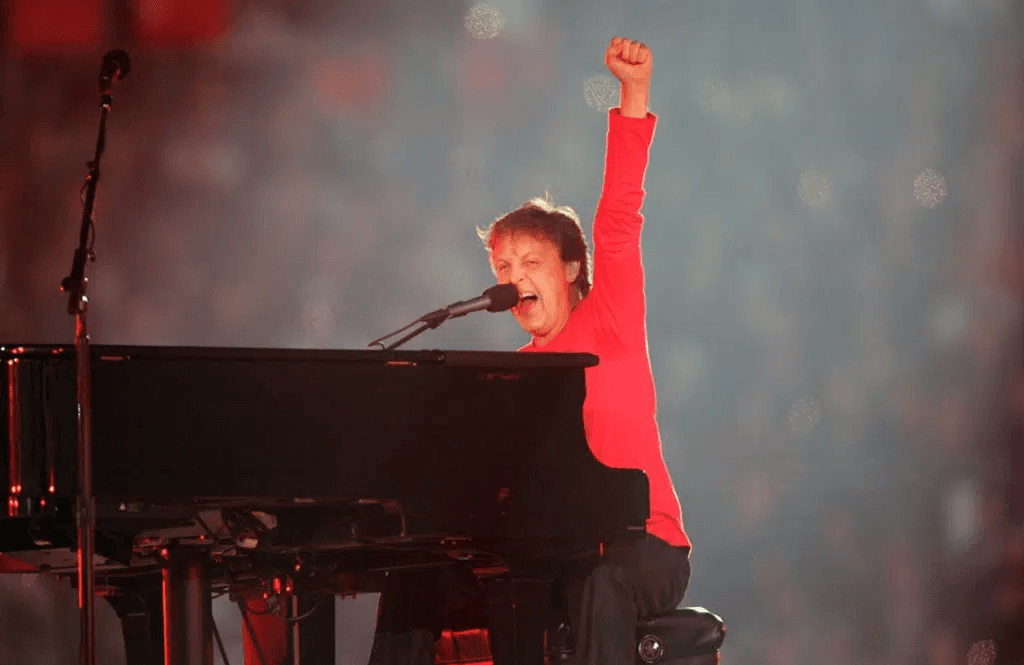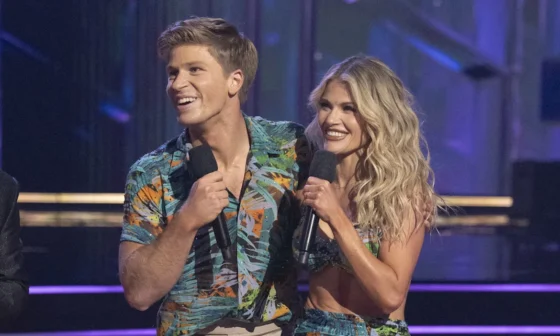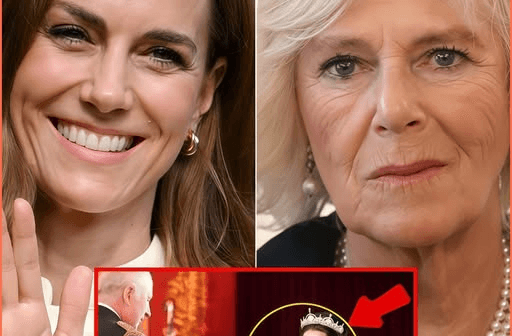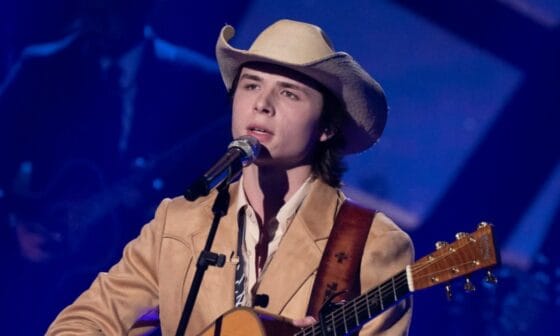On February 6, 2005, music and sports collided in unforgettable fashion when Paul McCartney took the stage at Super Bowl XXXIX in Jacksonville, Florida. With an estimated one billion viewers watching around the world, the former Beatle proved that timeless music and pure stage presence could still electrify the biggest stage in entertainment.
McCartney’s setlist was nothing short of legendary. Opening with “Drive My Car,” rolling into “Get Back,” and sending fans into a frenzy with the explosive James Bond anthem “Live and Let Die,” he capped the night with a stirring, stadium-wide singalong of “Hey Jude.” The moment when the crowd joined him on the iconic chorus became one of the most powerful scenes in Super Bowl history, showing how music can unite millions in a single voice.
Unlike most concerts, Super Bowl halftime performers aren’t paid for their appearances. Instead, the show offers something arguably more valuable: unprecedented exposure. After McCartney’s performance, streams and sales of his music skyrocketed, proving once again how influential the halftime stage has become for artists.
The halftime show itself has transformed dramatically over the decades. What began as marching bands and local entertainment evolved in the 1990s into a global spectacle. Michael Jackson’s groundbreaking 1993 performance set the standard, turning the halftime slot into a coveted platform for the world’s biggest stars.
Since then, fans have witnessed unforgettable shows that live on in cultural memory. U2’s moving tribute to the victims of 9/11 in 2002 reminded audiences of music’s healing power, while Prince’s rain-soaked “Purple Rain” performance in 2007 is often hailed as the greatest halftime show of all time. Each performance raised the bar, turning halftime into a main event equal to the game itself.
Amid all the spectacle and theatrics that have come to define modern halftime shows, McCartney’s 2005 appearance stood out for its simplicity and authenticity. There were no elaborate dance troupes or shocking stunts—just McCartney, his band, and a catalog of songs that had already changed the world. That purity resonated with viewers across generations.
Nearly two decades later, Paul McCartney’s Super Bowl XXXIX show is still remembered as one of the finest ever. His ability to command a global audience with nothing more than his voice, his piano, and his guitar underscored why the Beatles’ music, and McCartney’s artistry, remain timeless.
For many, that performance was more than just a halftime show—it was a celebration of rock history, a bridge between past and present, and proof that true legends never fade.






